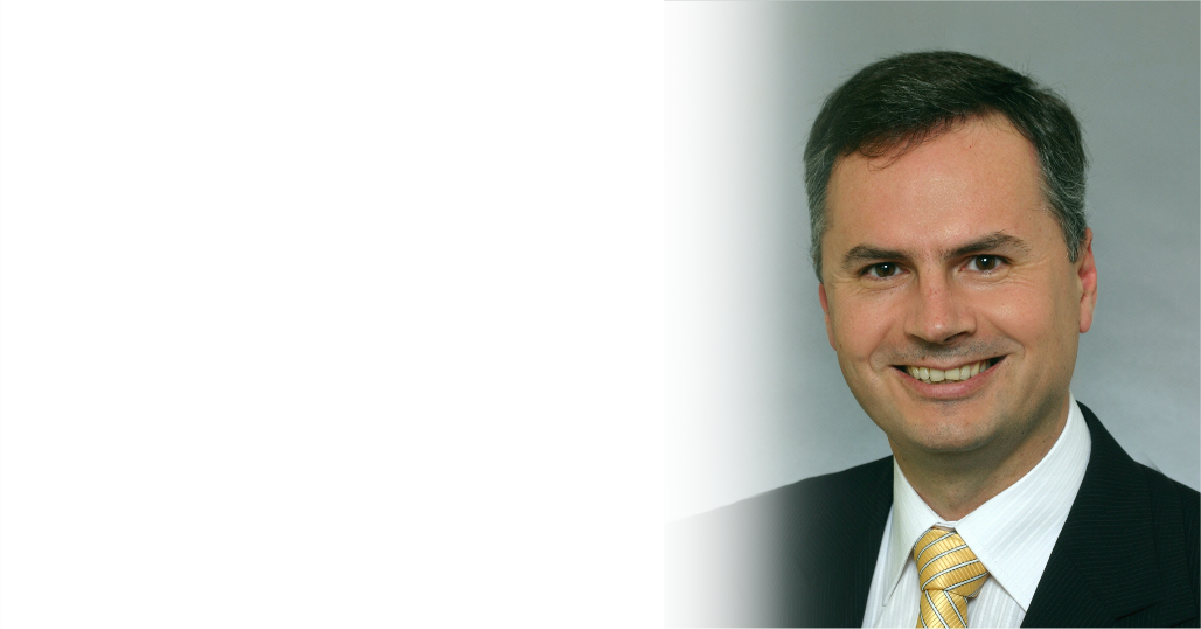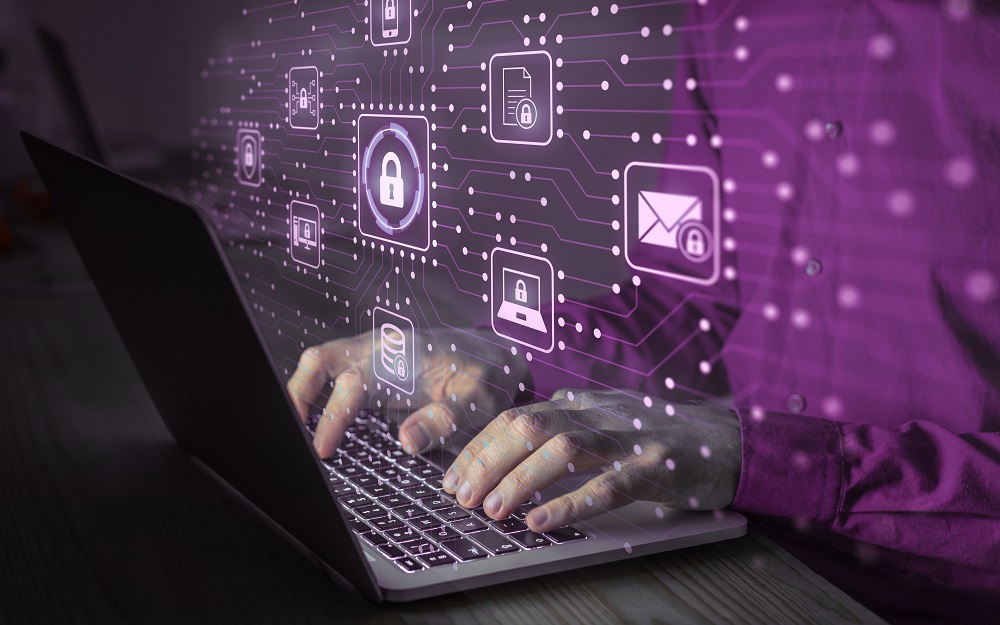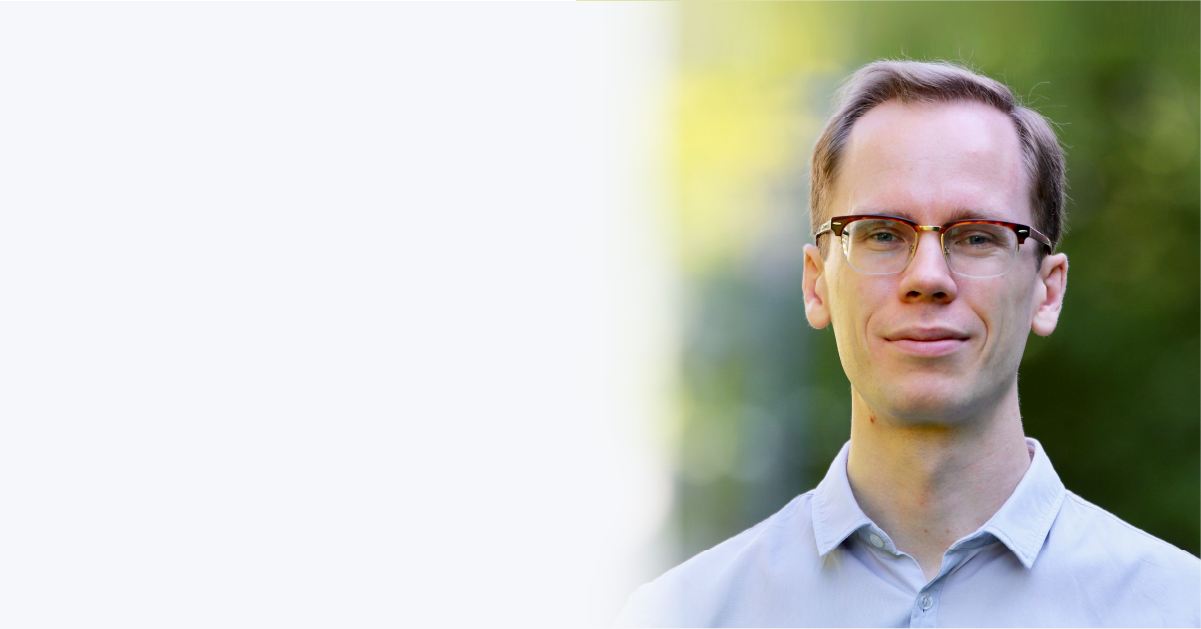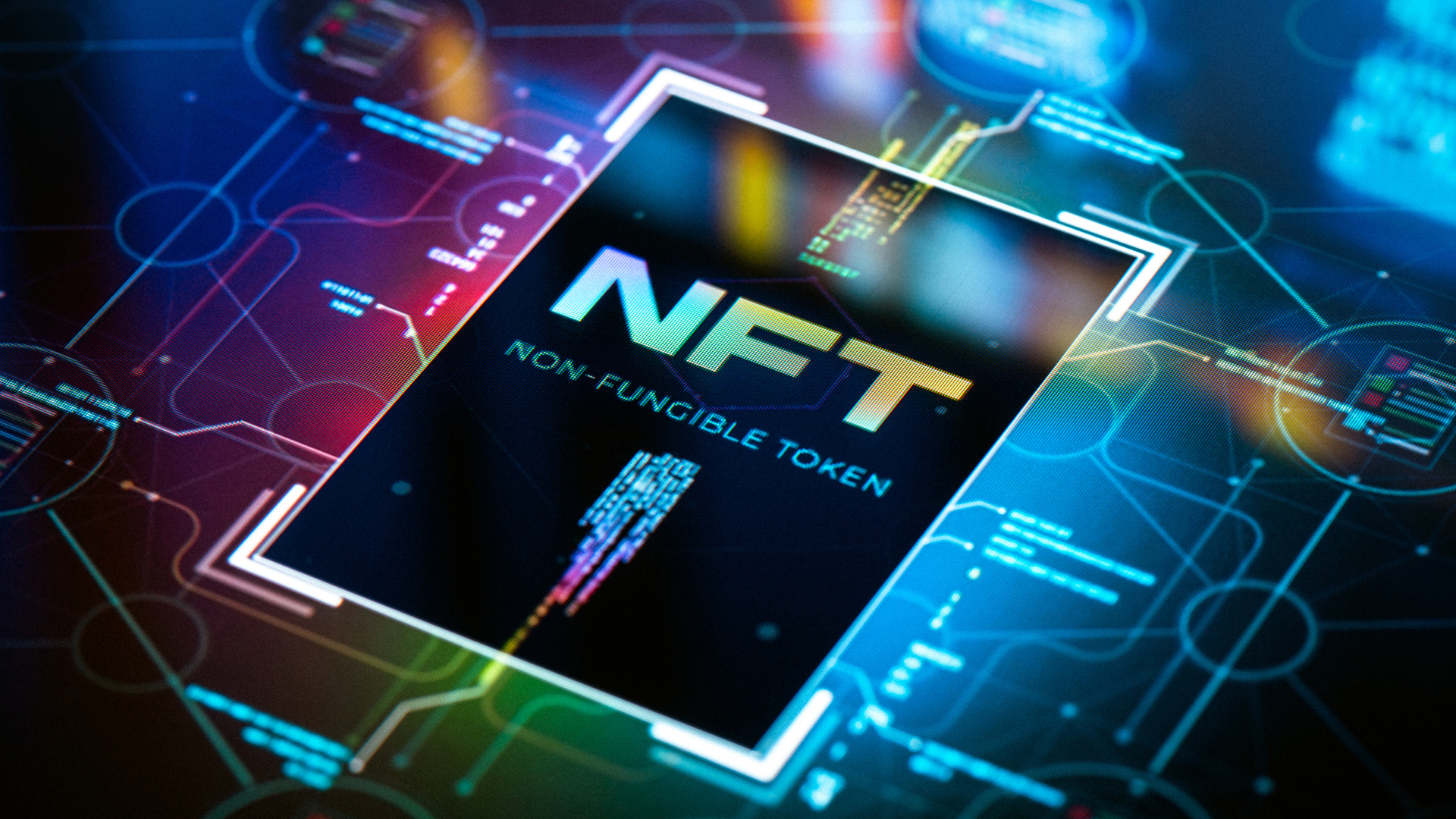Digital transformation does not happen overnight. According to Adrian Samareanu, Global CDO of Volvo Financial Services, digital transformation is an advanced type of change management that involves people, processes, and technology. In this exclusive interview, we speak with Adrian about the top enablers of digital transformation, challenges with integrating digital tools, ways to attract talent with the right digital skills, and more.
There is a lot of buzz around being digital and you have been on this journey for some time. What is digital transformation from your perspective?
For me, digital transformation is a sophisticated change management approach for traditional companies. It involves people, processes, and technology. At the same time, it is about changing the mindset of a company to perform in a digital business environment and engage customers through digital channels. You get a lot of perspectives on digital transformation these days, and there are no wrong or right answers because it reflects the digital maturity in the respective organization.
Out of the many technologies and digital focus areas, why are cloud, data, and customer experience particularly important in a business strategy?
Cloud, data, and customer experience are foundational building blocks for a digital business, as they are key enablers for building new services and achieving sustainable business results. In simple terms, cloud gives businesses the flexibility and ability to scale quicker. Data is the heart of a digital business. Every company relies on data, but not every company is data driven. How often do you hear, “We don’t have enough data” or “We need more data”? The reality is there is enough data, however, very often, the data is not available for consumption. Many years ago, a CEO asked me for more data. We had the data but not a cohesive strategy to play with the data. I asked what data is needed and didn’t hear back for a while, but it triggered a different conversation, and a new data strategy playing offense, rather than defense brought up a fruitful dialogue at the board level.
Traditional financial services companies always rely on data to decide mainly on credit approvals, enhance lending processes or improve back-office. Therefore, I expanded the use of data to improve customer experience, create new business models and help customers and employees more effectively. It was a bold move and an intense process to shift the minds and hearts of many leaders in the organization. This is not limited to my organization. It goes beyond the boundaries of a company because it involves many players in different ecosystems. That means using data to unlock new opportunities, services, and business models.
What are the biggest challenges when it comes to integrating digital tools across all business functions? How do you overcome them?
Digital transformation is not just a matter of the front-end functions along the customer journey. It involves the whole organization including back-end operations. The biggest challenge remains the timely adoption of new technologies in a multi-generation environment. Many times, we try to get the buy-in at the executive level in the boardroom and start a top-down approach during implementation. This is a push approach. While top leadership alignment is necessary, the engagement of the entire organization builds great momentum to increase the speed of change. We often see the development or implementation of new technologies being a roadblock. In fact, it’s the ability of the organization to adopt new tools. There are many ways to overcome this. Using diverse teams working cross-functionally in small groups to form new ideas, finding new ways of working, and nurturing the culture of learning are effective ways to accelerate the digital maturity of an organization. This is a pull approach, which is more effective to create value at scale.
At Volvo Financial Services, collaboration and partnerships with start-ups are key ingredients for continuous innovation. Can you tell us about a recent co-creation that excited you?
The most exciting one? There are so many. I would say, creating a platform for innovation across the enterprise. This way, I think innovation is open to everyone inside and outside the organization to enable creation at scale. I’m always happy to see sustainable progress with innovation. The truth is that the corporate environment lacks certain skills to advance the ideation or that value creation at scale. There was a boom in using digital channels in Asia and Southeast Asia, particularly China, Singapore, and Indonesia after financial crises and I saw the opportunities. I started an exchange program with fintechs and startups and decided to work with them specifically for the acceleration of innovating new products and services like digital payments in China and other parts of Asia, then in Europe and North America. We now have many creative solutions and continuous innovation going on, including mobility subscriptions and a data studio ecosystem. Nowadays, we are on a different level in establishing partnerships and customers ecosystem.
How do good change management practices affect employee onboarding and retention?
It starts with leading with care. When we had to work from home during the pandemic, many startups and smaller companies transitioned well. I think for large corporations, we saw the challenge of keeping everyone engaged. I would say mental health is essential to keep everyone aware and motivated. It’s important to engage your team and ensure everyone is having fun at work whether they are working from home or in the office.
The labor market has shifted drastically in the Great Reshuffle era. How do you attract the right talent to fill the digital skills gap?
Every stage of digital transformation comes with different needs. This is why partnerships are important. Five years ago, we started with a very large spectrum of digital products and services and realized we did not have enough digital skills in-house. When this happens, you have to start upskilling your workforce or hire new people. Believe it or not, some of them find it very difficult to adapt to the corporate world. It is important to ensure that the ecosystem is there in terms of partnerships with fintechs, and identify the critical competencies in-house that are needed.
Furthermore, leadership and management must ensure necessary care to maintain that engagement across the organization. This is how I lead the digital team to keep that engagement beyond the organization with the fintechs and the startups that are involved. I also see an influx from those companies into the corporate world. Flexibility is important to address the needs of the new generation. They are the ones setting hiring expectations with a focus on work-life balance, and I think it’s very difficult for large companies these days. Therefore, the more open companies are, the more likely they will attract and engage with digital talent from the younger generation. I think the attrition rate will continue to be high as digital skills continue to be high in demand.
What are the elements of an effective change management plan?
As things are changing so fast, the final outcome of change management is always a moving target. This is what I call sophisticated change management which involves processes, technology, and people. Success lies in the orchestration and progression of those three elements. For example, if you are trying to push new technologies too fast and the organization can’t adopt them, it can cause frustration. If you look from a process perspective, you may not be able to create other value propositions and new revenue streams to stay competitive in the marketplace.
What trends should CDOs be aware of in the next five years?
Most CDOs play today a key strategic role in transforming traditional companies. Many focus on process automation and innovation; or shifting the corporate culture towards digital. The pandemic’s impact on the economy pushed us to reimagine business in many aspects. In the next five years, I see CDOs focusing more on digital business opportunities, as well as new products and services driven by the data economy. Other focus areas are driving digital customer engagement, growth, revenue, outcome, and sustainability. If we look to the ambitious ESG goals ahead of us, there is no way this can be done without leveraging the edge technologies and human capital. That means that CDOs should retain sight of the human element of their role. I also think there will be a clear distinction between Chief Digital Officers and Chief Data Officers, which will be higher in demand. In addition, I think the usage of blockchain and cryptocurrency in decentralized finance will play a significant role in accelerating digital transactions and taking the economy to the next level.
What achievement are you most proud of in your role as a CDO?
The most important thing is the culture of engagement internally and externally and having people coming together to create solutions that make transformation happen. My organization bounced back from a financial crisis, where the return on equity performance was at -10% and now 15%, doubling the asset portfolio size, and launching digital services and solutions for the digital marketplace. Having a good ratio between the operational efficiencies, and the new products and services addressing customer needs, as well as staying competitive in the marketplace has been a journey spanning 12 to 13 years. Looking back, I think creating that digital business foundation is something that I’m proud of.
*The answers have been edited for length and clarity.









